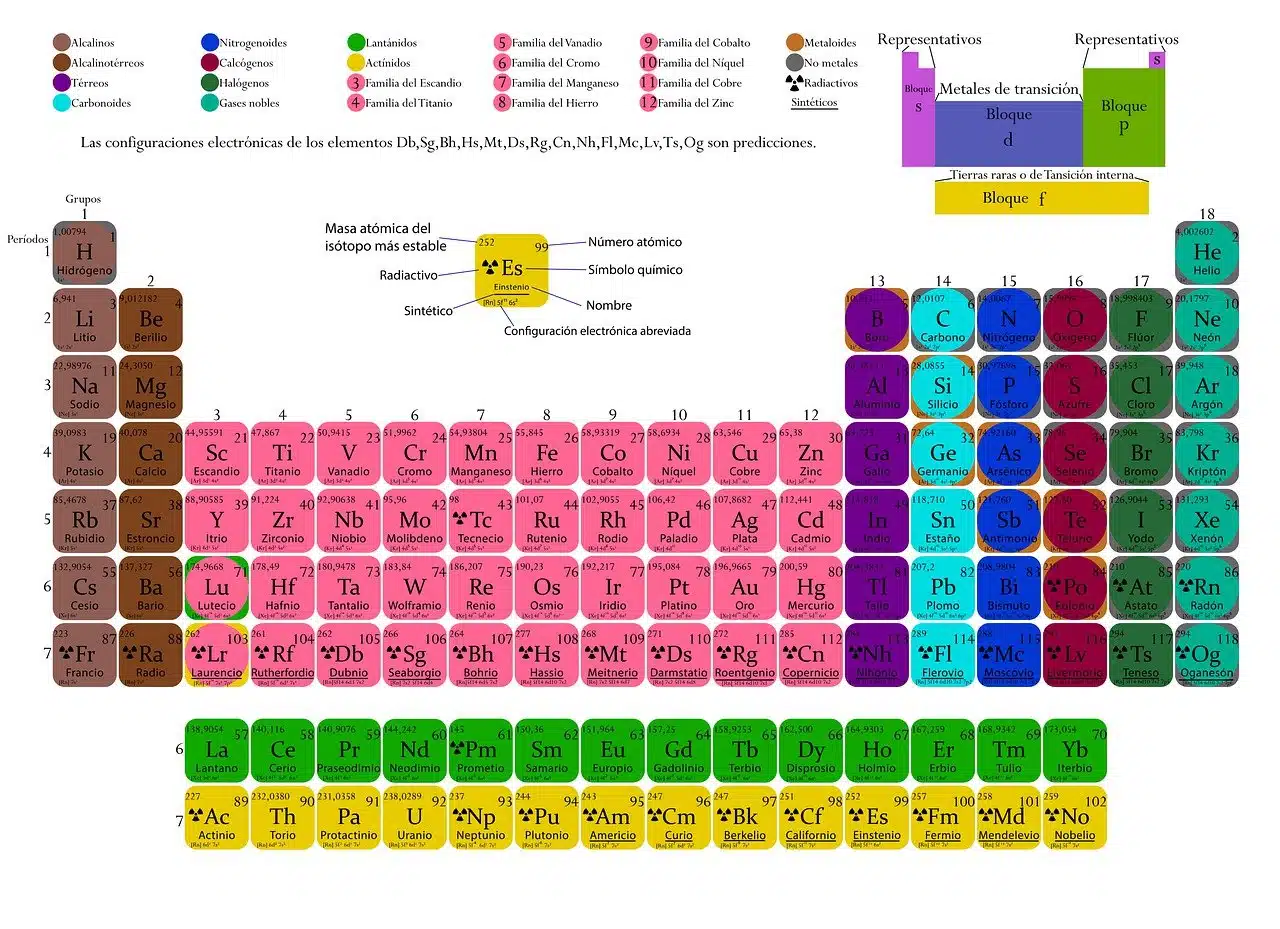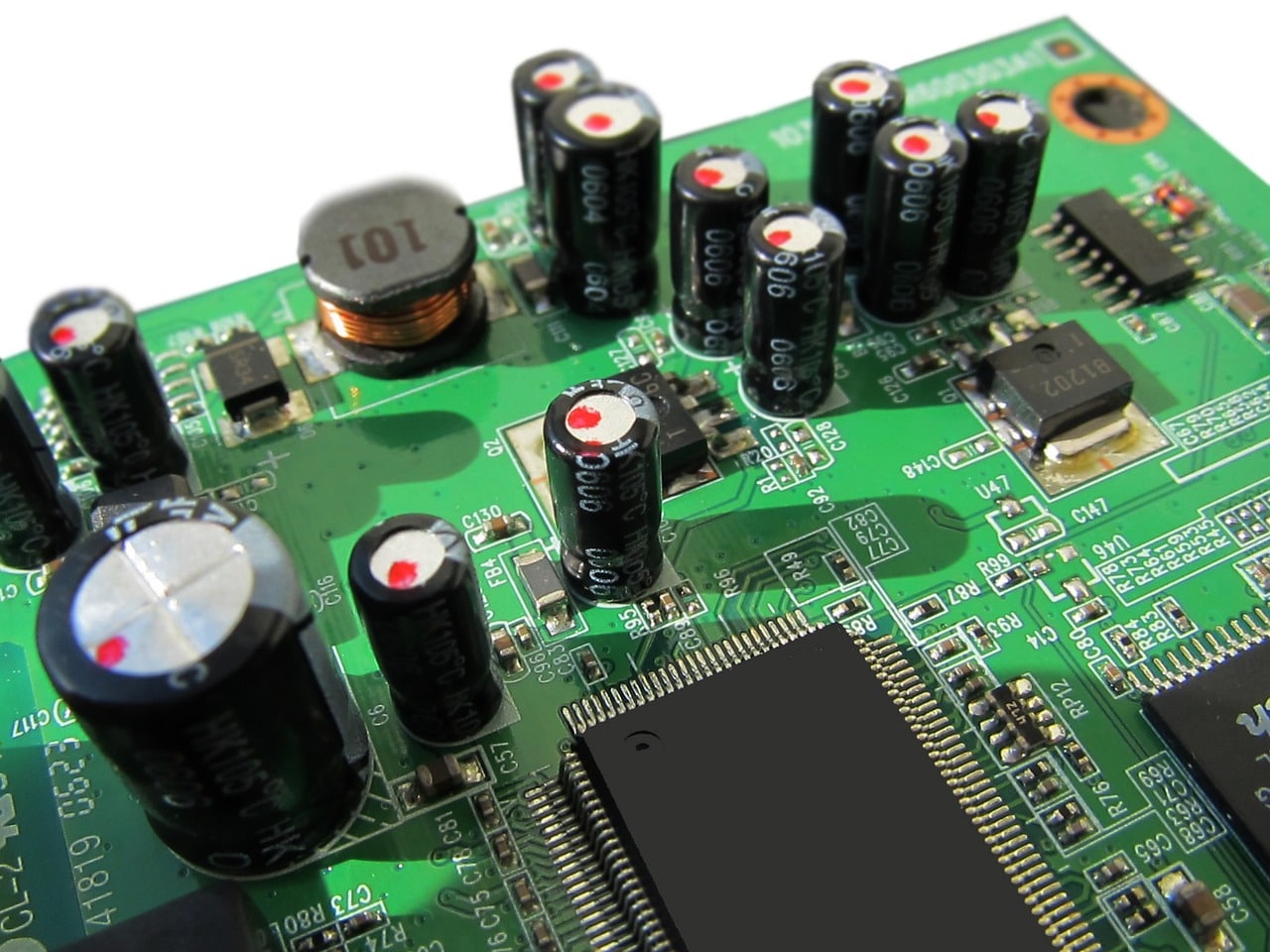
On the periodic table, metalloids are organized in a diagonal line separating metals and nonmetals.
Metalloid is a concept from the field of Chemistry that is used to identify those chemical elements whose particularities linked to ionization and bonds are halfway between the distinctive properties of both metals and non-metals .
Semimetals , a name that is accepted as a synonym for metalloid , usually show better thermal conductivity and develop more efficient electrical conductivity compared to non-metals , although they do not equate to the superior performance of a metal as a conductor of electricity and heat. From the theory it follows that, specifically, a metalloid is a semiconductor .
In the periodic table , this group of elements is distributed diagonally starting from boron (B) . In this regard, it cannot fail to be noted that the list of metalloids , which gather in their last orbit at least three valence electrons , is completed with silicon (Si) , germanium (Ge) , arsenic (As) , tellurium (Te ) , polonium (Po) and antimony (Sb) .
Characteristics and properties of metalloids
There are many characteristics and properties of metalloids left to list.
Recognizing them based on their shades or formats, for example, is complex because there are some that attract attention for being opaque and others that stand out based on their metallic shine . Each allotropic state also marks the difference between one presentation and another of the same element. When more than one color is recorded, then the notion of polychromism gains notoriety when summarizing the phenomenon.
Chemical reactivity is another interesting aspect to consider since a metalloid does not behave in the same way in the presence of non-metallic elements as it does in the presence of a metal.
When working with, handling or applying them, we must not lose sight of the toxic profile of this class of substances.
The electronic configuration of each metalloid , its atomic radius , ionization energy , electronegativity value and electronic affinity are other issues that provide relevant information.

Silicon is very useful, for example, in the manufacture of photovoltaic solar cells.
Chemical bonds and structure of compounds
After pointing out the physical properties and chemical properties of metalloids, it is appropriate to focus on chemical bonds and the structure of compounds.
Since a metalloid has intermediate characteristics of metals and non-metals , each chemical bond that involves a semimetal will depend on the function it has in the respective chemical compound it forms.
In this framework, furthermore, it is inevitable to highlight the importance that covalent bonds have in keeping together the atoms related to the crystalline structures that metalloids can present.
Another valuable piece of information revolves around metalloid oxides such as amphoteric oxides that are capable of reacting, at the same time, as bases or acids. There are, likewise, metalloid hydrides and metalloid halides .

Germanium and silicon are used for the development of technological devices. There are, in this framework, integrated circuits and plates based on metalloids.
Applications of metalloids
There is a wide range of applications for metalloids , which is why different elements of this group have a significant presence in nanotechnology , the chemical and photovoltaic industries, and the field of electronics, for example.
Germanium and silicon , specifically, are useful when developing semiconductor devices such as the diode and the transistor . Likewise, they are raw materials that are very useful in the area of microelectronics .
Photovoltaic solar cells are made up of some semiconductor material, which is why silicon is also taken into account for these products that capture solar energy and transform it into electricity. Priority is given, in this context, to the so-called crystalline silicon . Amorphous silicon plates are even manufactured which, among many advantages, offer the possibility of being used in isolated or self-consumption systems to charge one or more batteries and satisfactorily respond to the energy demand of certain LED technology luminaires.
Boron , for its part, is used for fiber optics and is also a great ally of atomic energy .
By searching for other types of practical applications that demonstrate the use of tellurium , arsenic and antimony , to add enriching information, compounds used in the glass industry come to light. There are, at the same time, tellurium alloys and, given the thermoelectric properties of this element, it is intended for questions of thermoelectricity .
On the other hand, polonium is used very little, which has an extremely restricted use because it is radioactive and toxic at alarming levels. It may appear, however, in brushes specially designed to remove dust from photographic films or be part of the components of a heat source for a space probe or artificial satellite.
As technology advances by leaps and bounds and research continues on how metalloids can bear good fruit by minimizing risks and trying to reduce as much as possible their negative effects on the environment and human health, surely they will come to light in the short and medium term. discoveries, advances and new techniques associated with the benefits of semimetals .
